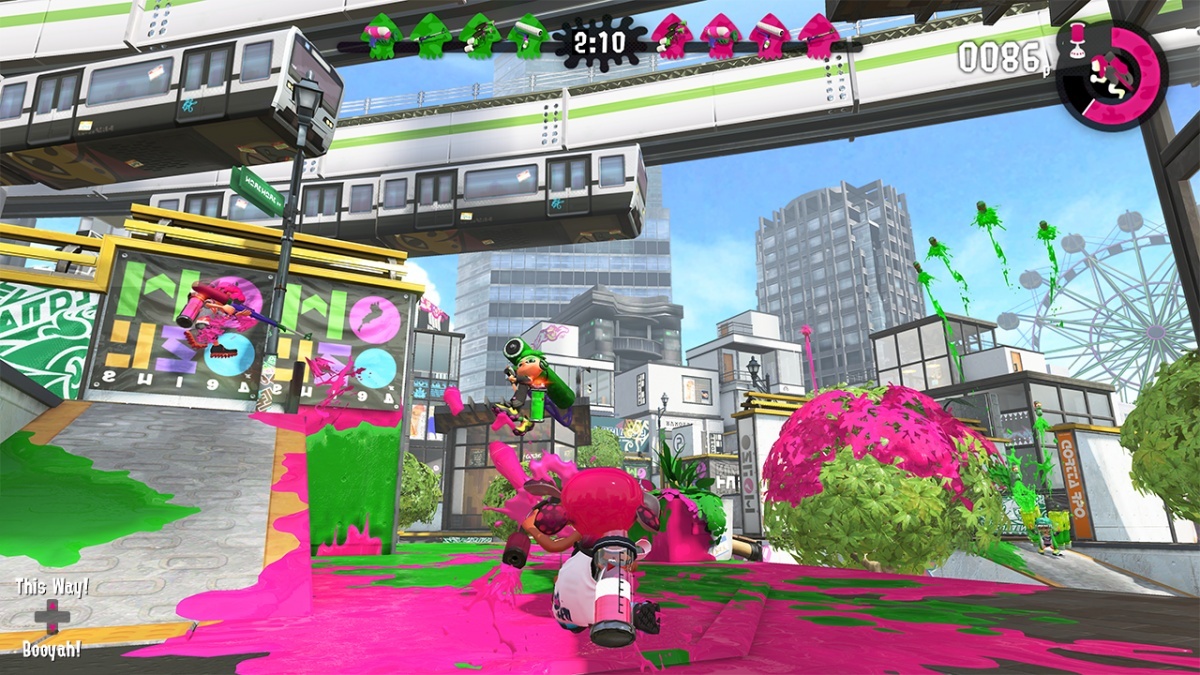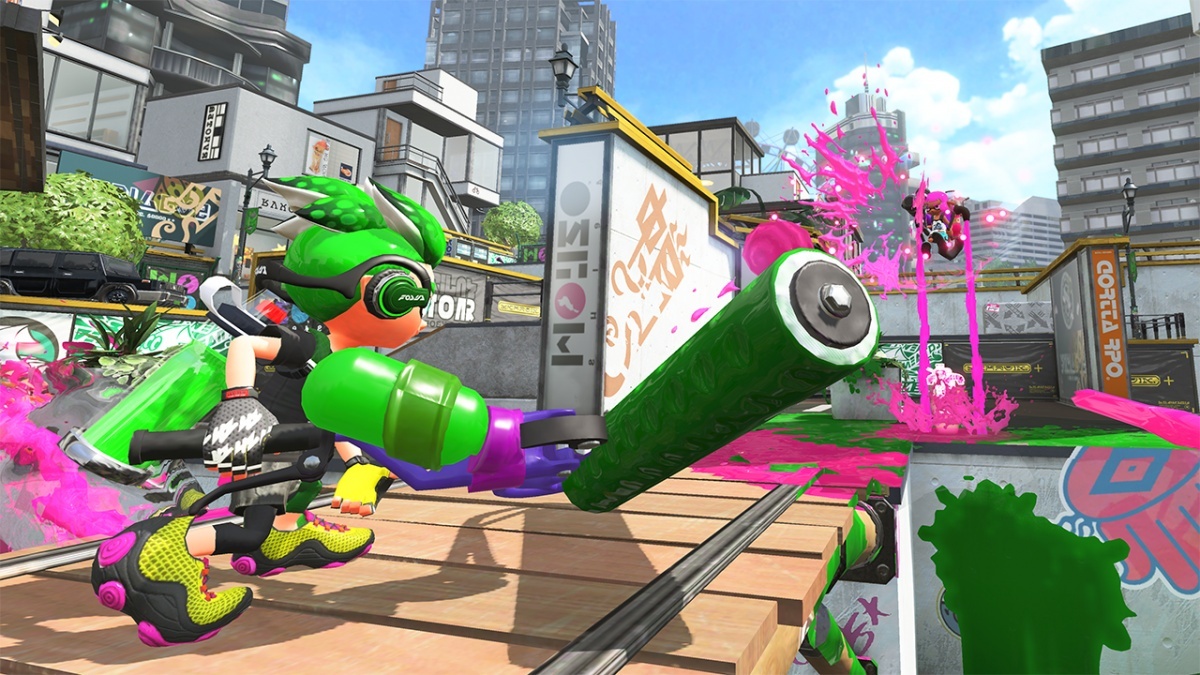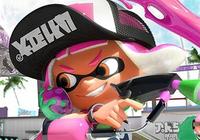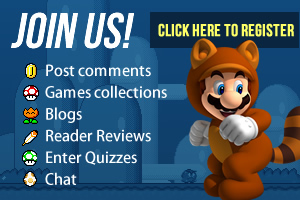For those who remained Wii U-less, the original Splatoon certainly represents one of the biggest recent Nintendo projects to miss out on. Made by the in-house Entertainment Analysis & Development division (Nintendo EAD for short), the project manifested itself partly as Nintendo's alternative take on competitive multiplayer franchises such as Battlefield and Call of Duty, which younger members of the team were experienced with. The critical reception was strong, with Nintendo applauded for creating (unusually for them) a shooter franchise, both refreshing in presentation and approach, as well as making full use of the Wii U's capabilities. With even Inkling amiibo doing the rounds, it was only a matter of time before a sequel appeared.
The problem with the Splatoon 2 Global Testfire event, however, is that not many conclusions can be drawn from it. Firstly, there wasn't any specific insight thrown up on the most relevant and important online features, like voice chat and private lobbies. Presumably, that's because these elements will tie into Nintendo's online companion app that is yet to be released. Secondly, there were only two rather small and similar maps available, which sacrificed a lot of space and verticality, something existing fans will have noticed. Although this was likely a choice to keep things nice and fluid at close-quarters, their actual design and aesthetic certainly could have been more varied. Lastly, there was just the one game mode to speak of, Turf War, which again seems sensible in order not to confuse newcomers initially, but does, paradoxically, end up rather limiting the experience if players clock up a couple of hours.

Since even for an open beta opportunities were fairly few and far between, it seems fair to assume this taster session served a very particular technical purpose for the developers. If it were simply a drive to get Switch owners reaching for the pre-order button, a greater range of what Splatoon offers would surely have needed to be on show here. With that said, the rather morsel-like nature of the experience might have more to do with the current lack of online support, as the Switch's fully-fledged online service doesn't launch until the fall. Either way, it was a great shame that it wasn't possible to launch into a session in a party with friends - as well as simply the fact the Global Testfire leaves many questions unanswered.
However, that frustration also reflects how entertaining this first encounter with the series was overall. Though the first session was a little jarring initially, while figuring out the controls and getting to grips with the more unique gyro-based aiming modifiers, things quickly clicked. The objective in Splatoon, at least in Turf War mode, is to spray as much of the level in your team's ink as possible. Players control characters known as Inklings, who can transform into a squid at the press of a button and traverse, hide and recharge their weapons within the ink. This might sound like quite a simple premise, but this shift in emphasis, for a shooter, conjures a totally different sense of pacing, urgency and tactics.

Although the Switch does have some comparative drawbacks compared to the Splatoon experience on the Wii U, especially the lack of a second screen to function as the map, everything else seems to translate well on first inspection. While some first-person shooter fans, looking for something totally different, may find the gyro-integrated aiming mechanics a bit perplexing to begin with, it's strange how quickly players become accustomed to it. Rather than full-on aiming mechanics, the gyro in the Joy-Con and Pro Controller allows for small and precise aiming modifications very quickly, which comes in handy since sessions are short and very frenetic. It's probably something other types of third- and first-person shooters might try to emulate with their Switch editions, since there's something quite satisfying about this extra physical act when aiming.
When testing with motion controls turned off (for the sake of experimenting), the game performance felt very much devoid of one clear and defining franchise nuance. On the subject of controls, the second hour-long session was tested using the Joy-Con detached, and this, on balance, was the somewhat surprising personal preference for playing Splatoon 2. Particularly in TV mode, it feels the most liberating and intuitive, with the Pro Controller setup coming a close second.

In terms of weapons, the Splatoon 2 Global Testfire made four available. The Splattershot seemed to function like the most traditional all-purpose firearm, the Splat Roller lets players paint the floor and whatever else with a giant roller, the Splat Charger allows for the largest range and charged far-reaching splashes, whilst the new Splat Dualies allow for more mobility and a greater splash rate.
While there's versatility here, it's essentially the same arsenal as the original, with no game changers, despite having more special weapon abilities. Each choice of weapon lends itself to different tactical approaches, with a fairly distinct feel, though by the third session, personal preference leaned toward the Splattershot and Splat Roller.
Teams are made up of four Inklings, which seemed about right for the small-scale design of the two maps available. While the visuals are quite a treat, thanks to the scattering of team colours being projected left right and centre about the map, it's a little disappointing that the actual level design couldn't be a bit more robust and memorable. Both levels seem to blend into each other in retrospect, though the quality of these stages bears fairly little relevance to the end product.


 Sign In
Sign In 29.03.2017
29.03.2017 




 Game Details
Game Details
 Out now
Out now  Out now
Out now  Out now
Out now  Out now
Out now  Azuardo
Azuardo 
 Link to this post:
Link to this post:  Subscribe to this topic
Subscribe to this topic Features
Features






 Top
Top

